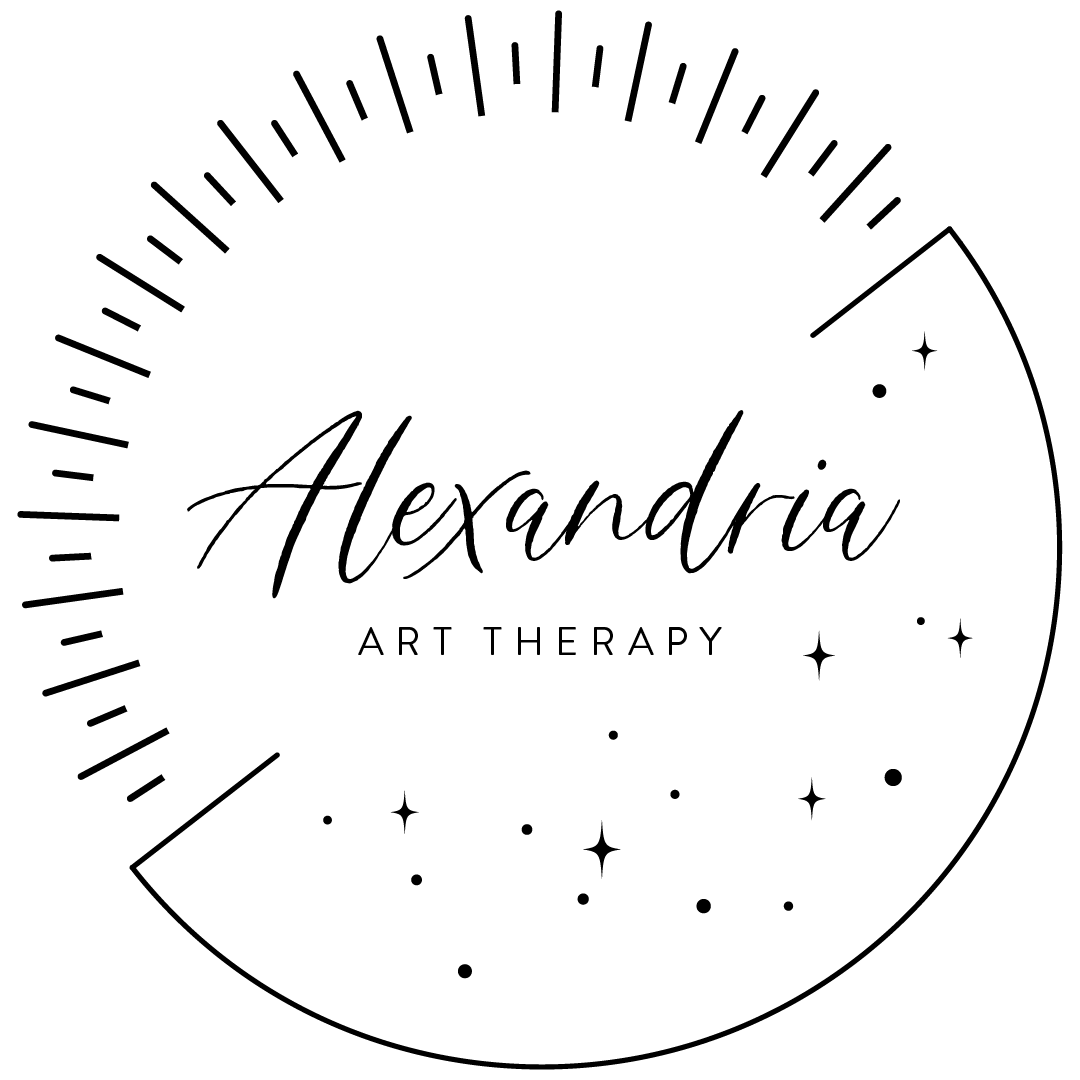Five Art Prompts for Processing Emotions with the Mood Meter
Have you heard of the “mood meter”? Marc Brackett, founding director of the Yale Center for Emotional Intelligence, developed this chart to help people identify and label their feelings. The moods fall into four quadrants according to high or low energy and high and low pleasantness, with varying shades of color to accompany them.
In her research, Brené Brown has reported that the number of emotions most people can identify in themselves and in others is…three. People tend to boil emotional identification down to happy, sad, and angry. Many people simply aren’t fluent in the language of emotional vocabulary.
WHY IS IT IMPORTANT TO NAME OUR EMOTIONS?
Understanding our emotions is crucial because they have such a big impact on our lives. Emotions affect our ability to pay attention and function in the world around us. They affect and influence our decision making, our relationships, our work performance, and our creativity. Emotions, most of all, impact both our physical and mental health.
And if you can’t name an emotion? It’s incredibly difficult to regulate it. And processing it is even more challenging. We cannot hope to express or process things that we cannot name.
HOW DO I USE THE MOOD METER?
In its most simple usage, the mood meter can provide you a menu of options to consider as you try to hone in on your mood. To find your quadrant of emotion, first ask yourself: Am I feeling negative or positive? (Find that side on the chart.) Then ask: Am I feeling high energy or low? (Now you’ve got your quadrant.) Reading the different options will help you to get closer to a more specific emotion beyond the basic ones we reach for all the time.
We tend to overuse words like “overwhelmed,” when really maybe we are stressed. Or shocked. Or maybe jittery. Or maybe just tired.
If you’ve found identifying your mood on the chart helpful, you might also like the app, also designed by Marc Brackett.
Once you have identified your mood on the chart, you can process things a step further with the art prompts below.
MOOD ART
We contain multitudes. In one day, for instance, I may be feeling apprehensive about an upcoming medical appointment, inspired by a new project at work, and also calm because my child is napping and it’s almost Friday.
Identify 2-3 moods from the mood meter, and make art with only those colors. As you create your art, think about how the different moods interact, overlap, or come into conflict with one another.
MEMORY EXPLORATION
Without reading the words on the meter, select a color that speaks to you today. Then read the feeling labeled on it. What has been your experience with that feeling? Do any particular memories come to mind? Create a piece of art using the color you chose that illustrates or represents this memory for you.
MOOD DIARY
Every day for a week, use the mood meter to identify the dominant emotion you are experiencing. Using the color for that emotion, add a new layer to a piece of artwork each day. At the end of the week, think back–are you feeling differently now than when you made the first layer? Did any emotions show up more than once?
MAKE YOUR OWN MOOD METER
Rob Walker recently had an interesting newsletter where he talked about how colors can have specific meaning to individual people. Maybe a certain shade of blue makes you think of the walls of your grandmother’s house. Or a light pink takes you back to the cover of your favorite book.
Clinical Director and art therapist Adele Stuckey says, “We often connect certain emotions with specific colors (think: red is frequently related to anger or love). In art therapy, we recognize these patterns and also remind individuals to connect to their own color palette. Maybe pale blue symbolizes anger and red represents calm. Give yourself permission to recognize and develop your own color patterns as they relate to your experiences.”
If the colors on our mood meter don’t match your associations for certain emotions, make your own! Print out a copy of our mood meter in grayscale, and use paints or markers to make the chart your own.
MAKE A MOOD METER SET
This prompt is especially great if you work with kids. Using approximations of the colors on the mood meter or determining your own, label a set of pencils, paints, markers, or crayons with the specific moods. You could use a label maker, or pre-write the emotions on sections of label stickers, then affix them to the art supplies.
Before you make art, spend time (or have children do so) looking through each emotion to find the one that feels the most accurate today. Make art capturing how the sensation feels in your body, draw repetitive lines to calm or expend energy, or draw images of what is causing the emotion.
Don't miss an update--subscribe to our newsletter on Substack to receive new blog posts & the latest news in your inbox every other week.





